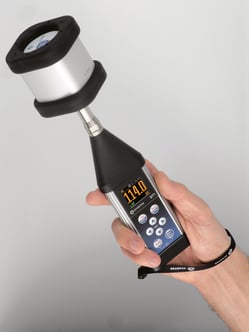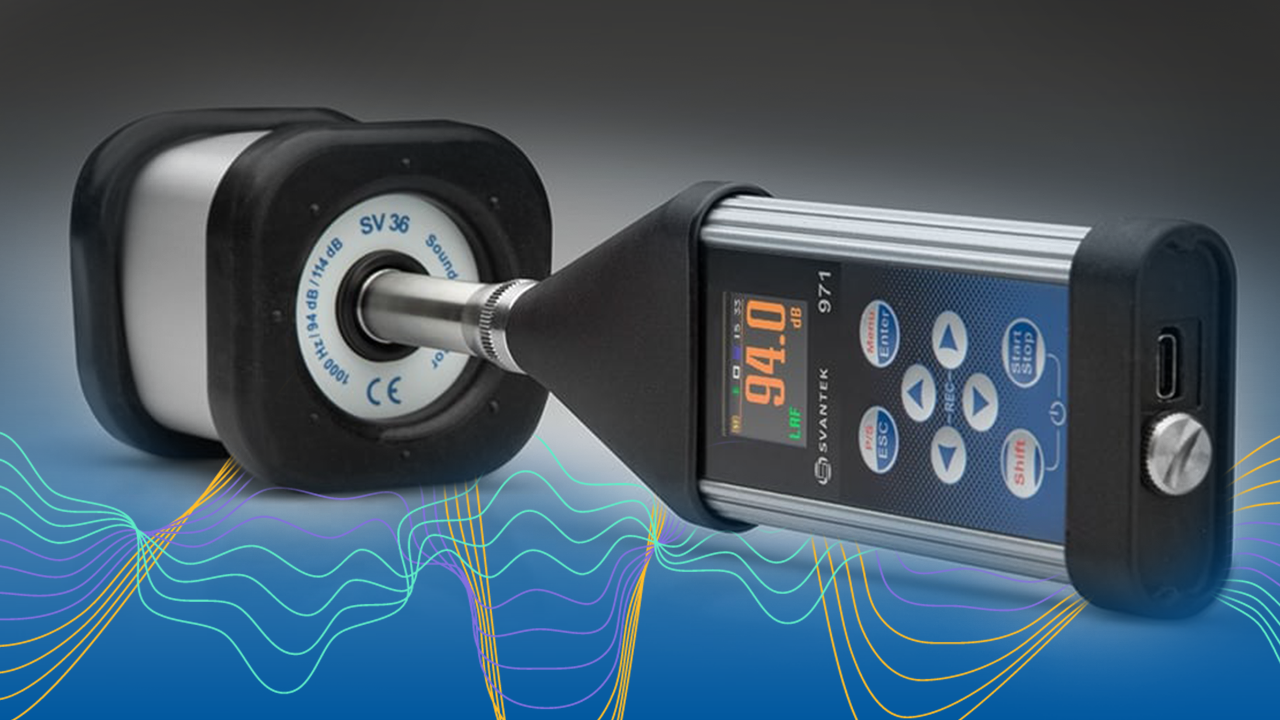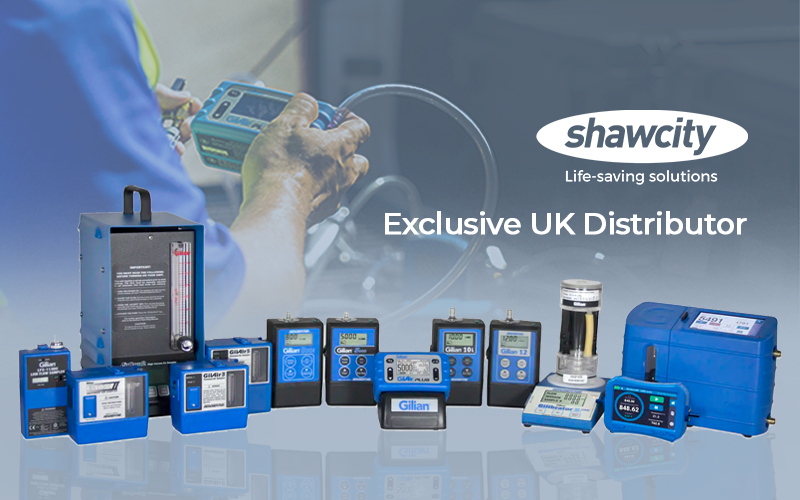Calibration is the process of comparing the measurements of an instrument or device to a known standard to ensure accuracy and reliability. This is done to determine and correct any deviations or errors in the instrument's readings.
Calibration is crucial in various fields where precise and accurate measurements are essential, such as scientific research, manufacturing, engineering, healthcare, and environmental monitoring.
How often should you calibrate a noise and sound instrument?
The maximum interval between calibrations as advised UKAS is 1-2 years. This includes class 1 and 2 sound level meters, dosimeters and calibrators.
The frequency of calibration for a sound instrument depends on various factors, including the instrument's usage, environmental conditions, and industry standards or regulations.
Instruments used in critical applications where accurate sound measurements are crucial may require more frequent calibration. These include noise monitoring in industrial settings, environmental noise assessment, or occupational safety monitoring.
Harsh environmental conditions such as exposure to extreme temperatures, humidity, or dust, can affect the performance of a sound instrument. In such cases, more frequent calibration may be necessary to account for these environmental factors.
It's advisable to perform a quick functional check regularly to ensure that the instrument is operating within acceptable parameters. If an instrument tends to drift or deviate from its calibration quickly, more frequent calibration may be necessary.
What is the calibration process for sound level meters?
To show that a sound level meter conforms to the IEC 61672-3 standard, it must be subjected to a series of acoustic and electrical tests. Electrical tests are done by replacing the microphone with an electrical signal input device whose impedance loading (or capacitance) is equivalent to that of the microphone.
The sound level meter is also tested in different temperature and humidity ranges to determine how the instrument responds to external radio-frequency radiation. In addition, all configurations (including windscreen and installed optional facilities) stated in the instruction manual as conforming to IEC 61672-1 must be tested. The self-generated noise of each model of microphone specified for use with the sound level meter must also be measured.
The BS EN 61672-3 Standard requires the same periodic tests for both class 1 and class 2 equipment, but the frequency range to be tested and tolerances vary depending on the type of test.
Field Calibration
A field calibration serves as a straightforward assessment of an instrument, verifying its alignment with a known level (typically 94dB or 114dB) at a predetermined frequency (usually 1kHz) through the use of an acoustic calibrator.
This serves to confirm that the instrument operates effectively at the specific reference point. Typically, the recorded information includes the time, date, level, and any deviation from the previous calibration, offering a basic confirmation of functionality without delving into the broader spectrum of the instrument's capabilities.
What is an acoustic calibrator? 
An acoustic calibrator is a tool designed to generate a specific level and frequency of acoustic pressure. Essentially, it serves as a reference model for acoustic pressure. Utilising this reference template enables the verification of the precision of measurements conducted with a sound level meter. If there is an indication of a sensitivity drift error, adjustments can be made accordingly.
The accuracy of acoustic calibrators used for the calibration of the measurement path should match the class of sound level meter. Depending on the instrument’s performance Class 1 or Class 2 calibrators are used.
These portable devices are ideal for remote calibrations to ensure the instrument's functionality before conducting measurements.
Sound and noise servicing from Shawcity
Did you know that regular maintenance according to manufacturer guidelines, will also protect your warranty plus extend the life of your instrument?
We pride ourselves on being able to fully support the products we sell through our manufacturer-approved Oxfordshire Service Centre – guaranteeing top-quality servicing and maintenance for monitoring instruments.
Calibration, service, and repair work is undertaken by our manufacturer-trained and approved engineers. We help facilitate UKAS and ATEX certified services and calibrations, meaning you can rest assured any work undertaken is with the full authority of the manufacturer and also, importantly, within the terms of your warranty.
Our service team are dedicated and dependable when it comes to restoring instruments to peak performance, minimising downtime, and maximizing accuracy and reliability. The engineers will inspect and test your equipment before sending you a report, detailing exactly what work is required, what costs will be involved in ensuring it is compliant and an idea of turnaround time. Any work that needs to be undertaken will always be approved by you first, so you are always in control. Our engineers will also thoroughly clean your instrument before returning it to you, all part of the service.
To explore our extensive noise and sound monitoring portfolio visit: https://products.shawcity.co.uk/collections/sound-noise-and-vibration
For more information or to request a free product demonstration contact us at
01367 899419 or email solutions@shawcity.co.uk

-1.png)









